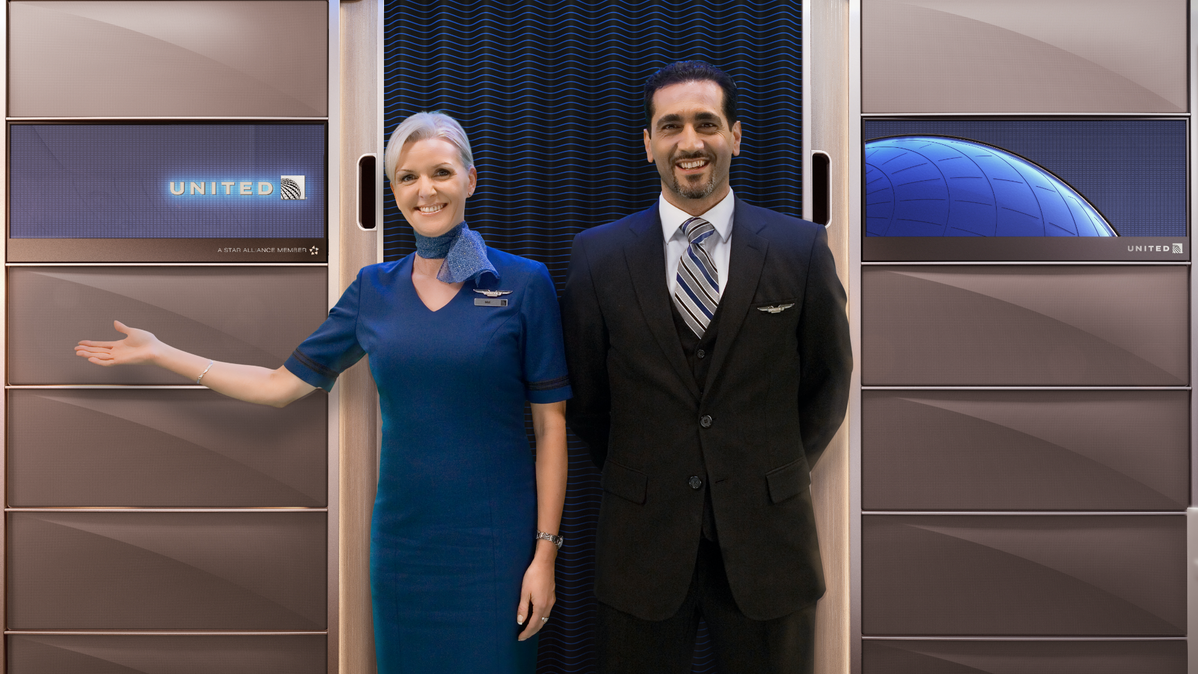The game theory behind United Airlines' frequent flyer changes
Recent changes to United's MileagePlus loyalty scheme are a case study in marketplace design.

The big news last week out of United Airlines was that the company's longtime chief executive officer, Oscar Munoz, will step down in May 2020. But many of the company's most loyal customers were focused on a different transition: on December 4, United made the most substantial changes to its MileagePlus frequent flyer upgrade program in years.
Flight upgrades are mostly a problem of the 1% (or those who amass way too many frequent flyer miles). Even so, they can serve as a great case study of how marketplace design works.
In United’s old program, those who reached top frequent flyer status were given a number of upgrade certificates that could be used to boost tickets from one class of service to another, typically from economy to business.
Some of these upgrades were regional, meaning that they could only be used on a select set of flights – mostly all within North America – whereas others could be used globally.
To obtain an upgrade, customers often had to join waiting lists, where priority was determined by a mixture of status, ticket type and request date. As a result, plenty of travellers didn’t get the upgrades they wanted.
The new program replaces the fixed-format upgrades with a currency-like system called PlusPoints, which, like the old certificates, are awarded to those with top status.
How United's new PlusPoints work
Different types of flight upgrades now have different PlusPoints costs, at an exchange rate corresponding to the old upgrade format. Many upgrade requests will still be placed on waiting lists, but there's a new option to skip the waiting list if you're willing to pay a large PlusPoints premium.
At the moment, the changes are mostly good news for customers. PlusPoints can be used more flexibly than the old upgrades; this means that frequent flyers can more effectively tailor their upgrades to their flying habits.
As a consequence, the change is also likely to reduce congestion in the upgrade market; under the old system, transcontinental long-haul flights such as those from Boston to San Francisco were frequently glutted with upgrade requests, because they were among the longest flights that qualified for regional upgrades.
That said, there's a chance that we'll see what economists call price discrimination down the road: At the moment, upgrading a ticket from San Francisco to Paris costs the same number of PlusPoints as upgrading a ticket to Australia, even though the latter flight is roughly 2,000 miles farther.
But United might easily justify charging more PlusPoints for upgrades on longer or more popular flights. Indeed, the company made this sort of change to its system for buying award tickets last year.
The prisoner's dilemma
There’s also some funny game theory around the option to skip the waiting list.
Whereas before everyone ended up on the same upgrade waiting lists, now some people will skip the line. But that means fewer upgraded seats will be available for those on the waiting list, which in turn creates more incentive to jump ahead. So we might see some customers buying the option of skipping the waiting list just to preempt others.
That’s what economists call a prisoner’s dilemma, and it means frequent flyers might burn through their PlusPoints faster. Before, the opportunity to engage in a bidding war or race to be at the front of the line simply didn't exist.
That said, at present, skipping the waiting list costs so many PlusPoints that the possible prisoner’s dilemma might not be such a big deal in practice. Paradoxically, if United lowered the PlusPoints cost for skipping the waiting list, the airline might get frequent flyers to spend their PlusPoints much more aggressively.
So for now, at least, the switch to PlusPoints is better for flyers and relative to the old system, it looks like a real upgrade.
This article is published under license from Bloomberg Media: the original article can be viewed here
UA
30 Jun 2015
Total posts 34
The premise of this article is just wrong. Under the old system, a Global Premier Upgrade (GPU) was good for instant upgrades from Y and M class fares when availability was there and there was no premium attached. I have flown two return Au/Ca trips in 2019 in UA Polaris on this basis. GPU upgrade availability on the Transpacific routing evaporated in mid 2019 and has not returned, even post PlusPoints. Game theory perhaps, but I recognise a losing hand, and despite being a UA 1MM and 1K, will not fly UA and likely not *A in 2020.
That said, Pluspoints will be a boon for those willing/forced to fly economy and chance an upgrade to Polaris.
Etihad - Etihad Guest
21 Jul 2019
Total posts 174
"Flight upgrades are mostly a problem of the 1% (or those who amass way too many frequent flyer miles)."
Not to mention the snarky tone as well. And to think some subscribers still regard BusinessWeek as the gold standard of business journalism.
Hi Guest, join in the discussion on The game theory behind United Airlines' frequent flyer changes